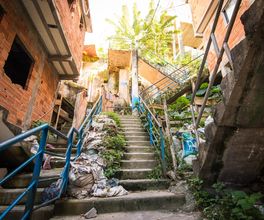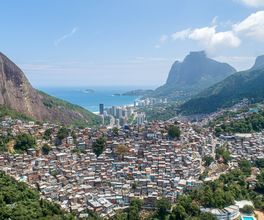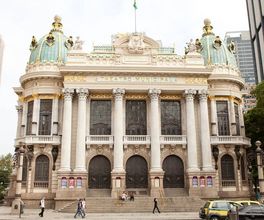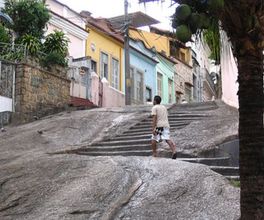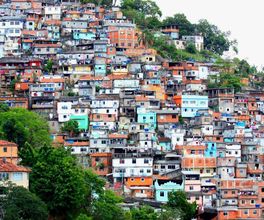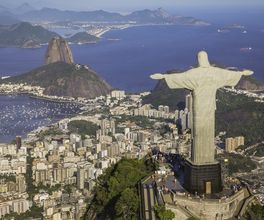




About this experience
Join us on a walk through one of the famous favelas in Rio de Janeiro, during which you will learn about the history and development of Brazilian slums and observe the life of their inhabitants from the inside.
Brazil has its own 'Eternal City'. Cariocas, as the residents of Rio de Janeiro call themselves, confidently argue that the place where the metropolis is located has always been a paradise on earth. 'Heaven on Earth' - this is how Amerigo Vespucci (to whom, by the way, the city owes its name) vividly described this corner of the planet in a letter to banker Lorenzo de Medici. What impressed the famous Italian cartographer and navigator, who had seen a lot in his lifetime? It was here, amidst eternal summer and sun, among hills covered with tropical forests, on white beaches gently washed by the warm Atlantic Ocean, where charming and sociable Tupinambá Indians lived without sin or envy, without knowing personal property or government, without any idea of good and evil.
Much has changed over the 450-year history of Rio de Janeiro. You will no longer find Indians here, and the quiet tropical bay has grown into a bustling metropolis, but the city still continues to capture the imagination of romantics and adventurers. Rio is a city of contrasts. It has everything to satisfy even the most demanding traveler. Afro-Brazilian culture complements the traditions brought by immigrants from Europe and Asia; rhythmic samba and tender bossa nova tunes; capoeira and jiu-jitsu; modern architecture and well-preserved post-colonial houses; carnival and football; fashionable districts and forgotten slums by God.
About Vidigal Favela
And it is one of such slums, or favelas as they are called in Brazil, that I suggest visiting. Vidigal Favela is located on the slope of the Dois Irmãos mountain, bordering one of the most expensive neighborhoods of Rio de Janeiro - Leblon. Vidigal is luckier than other Rio favelas - not only the residents of other slums and tourists, but also millionaires of the 'Wonderful City' would envy the panoramic view of the Atlantic Ocean and mountains covered with jungles.
Program
Our tour will start with a ride to the highest point of Vidigal, which we will reach with the help of local transport: moto-taxis. From there, there is a magnificent view of the southern district of Rio de Janeiro: Lagoa, Ipanema, Sugarloaf, and Corcovado with the statue of Christ the Redeemer.
Next, we will stroll through the winding streets of Vidigal. Throughout the tour, I will tell you about the origins of favelas, why they are so named, and whether life in them is as terrible as the media describe. You will see firsthand what the slum lives and breathes. We will definitely visit local shops, bakeries, and bars where you can enjoy a cafésinho or freshly squeezed juice from tropical fruits such as cupuaçu, acerola, and graviola, or taste a Brazilian cocktail Caipirinha.
Alternative Option
Instead of Vidigal Favela, you can visit Santa Marta Favela in the Botafogo district. It is relatively small, but it is famous because in 1995 Michael Jackson filmed his music video 'They Don't Care About Us' here.
We will take a free funicular to 'Michael's Place', where a statue and mosaic of the artist created by Brazilian artist and sculptor Romero Britto are installed in honor of the American singer. From the square, you will have a beautiful view of the surroundings of Botafogo, the Lagoon, and the statue of Christ the Redeemer on Corcovado.
Here, you will visit the local NGO Atitude Social, where music is taught to favela children, and learn about its work. During the tour, we will talk about the history of Santa Marta, its residents, and drug trafficking in the slums.
20% of the tourism income is donated to Atitude Social. By coming to us, you support social projects in the favelas.
Organizational Details
Your tour will be led by me or one of the guides from our team.
